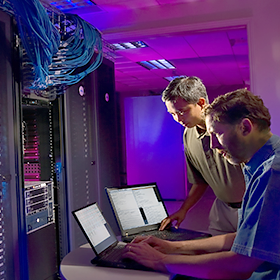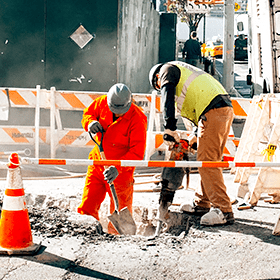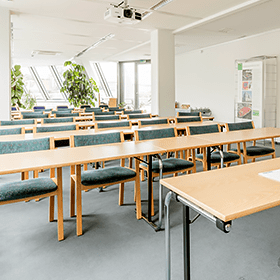 BACK TO Blog
BACK TO Blog
How Manufacturing Overall Equipment Effectiveness (OEE) can be impacted with CMMS
Published On May 19, 2023 | 5 Min Read

TPM (Total Productive Maintenance) is a methodology for improving the reliability, availability, and maintainability of equipment. TPM is based on the following five pillars:
- Autonomous maintenance: This pillar focuses on empowering operators to perform basic maintenance tasks.
- Planned maintenance: This pillar focuses on scheduling preventive maintenance tasks to prevent equipment failures.
- Condition-based maintenance: This pillar focuses on using condition monitoring data to identify potential problems before they cause a failure.
- Early warning maintenance: This pillar focuses on using data to identify potential problems before they cause a failure.
- Poka-yoke: This pillar focuses on using mistake-proofing techniques to prevent errors from occurring.
OEE and TPM are closely related. OEE is a measure of how well equipment is performing, while TPM is a methodology for improving the performance of equipment. By using OEE, organizations can identify areas where equipment is underperforming and then use TPM to improve the performance of that equipment.
Overall Equipment Effectiveness (OEE) is a measure of how well a piece of equipment is performing. It is calculated by taking the product of availability, performance, and quality. Availability is the percentage of time that an asset is available for use. Performance is the percentage of time that an asset is operating at its designed speed or capacity. Quality is the percentage of output that meets the required specifications.
A computerized maintenance management system (CMMS) can help improve OEE by providing organizations with a number of benefits, including:
- Increased visibility into equipment performance: By providing OEE data in a graphical format, CMMS can help organizations to quickly and easily identify areas where equipment is underperforming. This information can then be used to prioritize maintenance activities and improve overall equipment effectiveness.
- Improved decision-making: CMMS can help organizations to make better decisions about maintenance by providing them with a wealth of data about their equipment. For example, CMMS can be used to track the frequency of equipment breakdowns, the cost of maintenance, and the impact of maintenance on production. This information can then be used to develop more effective maintenance strategies.
- Reduced costs: CMMS can help organizations to reduce costs by improving equipment performance and reducing the need for unplanned maintenance. For example, by identifying and fixing equipment problems before they cause a breakdown, CMMS can help organizations to avoid lost production and costly repairs.
- Improved safety: CMMS can help organizations to improve safety by providing them with information about potential hazards. For example, CMMS can be used to track the number of near misses, the use of personal protective equipment, and the results of safety audits. This information can then be used to develop and implement more effective safety programs.
To calculate OEE, you can use the following formula:
OEE = Availability x Performance x Quality
Availability is calculated as:
Availability = (Total Run Time – Total Downtime) / Total Run Time
Performance is calculated as:
Performance = (Good Production Time / Total Run Time) x 100%
Quality is calculated as:
Quality = (Good Production / Total Production) x 100%
Here are some examples of how a CMMS can impact OEE:
- A CMMS can help organizations to improve availability by scheduling preventive maintenance tasks before they cause equipment breakdowns.
- A CMMS can help organizations to improve performance by tracking equipment performance data and identifying areas where improvements can be made.
- A CMMS can help organizations to improve quality by tracking production data and identifying areas where defects are occurring.
By using a CMMS, organizations can improve OEE and achieve a number of benefits, including increased productivity, improved quality, and reduced costs.
Here are some additional tips for improving OEE with a CMMS:
- Track equipment performance data – This data can be used to identify areas where equipment is underperforming and to prioritize maintenance activities.
- Schedule preventive maintenance tasks – This will help to prevent equipment breakdowns and improve availability.
- Track production data – This data can be used to identify areas where defects are occurring and to improve quality.
- Communicate with operators and maintenance personnel – This will help to ensure that everyone is aware of the importance of OEE and that they are working together to improve it.
By following these tips, organizations can use a CMMS to improve OEE and achieve a number of benefits.


















